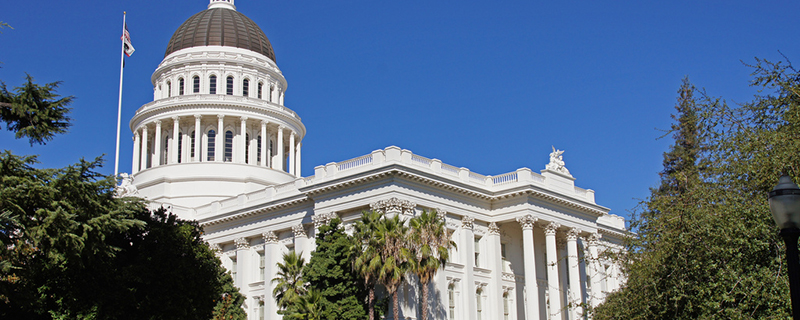Way back in August, in what seems like an entirely different historical era, when California was open relative to the restrictions we’re under today, 44% of small business owners said they were at risk of permanent closure in the next six months, unless they received additional stimulus funding. Six percent told the Small Business Majority they would not be able to survive another month without aid, and more than one-third “reported tapping their personal or retirement savings to stay afloat,” while 16% found the situation so dire they were considering filing for bankruptcy.
In a follow-up survey, taken Nov. 10 through Nov. 23, “before the late-November public health orders were enacted by the California governor and local government officials,” 16% of small-business owners said they were likely to sell their companies while 15% reported they would probably have to close permanently in the next three months.
The restaurant industry is especially vulnerable. In the early days of the lockdown, when we were being told we needed to shut down for just a short time to “flatten the curve,” the California Restaurant Association expected 20% to 30% of the state’s more than 90,000 restaurants would not be able to reopen once conditions returned to normal. It more recently reported that “43% of restaurant owners are unsure whether their business will survive the next six months.”
On top of the economic lockdowns, businesses are now under a state minimum-wage hike which took effect Friday. Employers with 26 or more workers will have to pay them $14 per hour, a full dollar increase over the previous rate, while businesses employing 25 or fewer will have to pay them at least $13 an hour, again a full dollar more than they had been. The minimum will be even higher in some cities due to local ordinances.
Gov. Gavin Newsom says the increased wages are the raise California workers “deserve.” But for many, the “raise” will turn out to be a job loss. As many as 30,000 will have their livelihoods stripped from 2017 to 2022 because companies can’t absorb the higher cost of doing business. The “fight for $15” is a war that will claim tens of thousands of business and worker casualties.
Businesses that do survive will have to move on with less. Many, which had already furloughed workers because the government shut them down or sharply limited their operations, were anticipating layoffs months ago.
Newsom could have delayed adoption of the minimum-age hikes. But he declined, which drew our observation that “the small businesses that worked hard enough to survive 2020’s downturn might be broken in 2021 by the governor’s obstinacy.”
Since Sacramento has yet to pass a law that prohibits companies from leaving, escape is an option.
“I don’t know many businesses are going to be able to survive another intense lockdown like we’re in right now,” Nick Kershner, president and chief technology officer of Matchless IT in Long Beach told Fox Business in early December.
Kershner is relocating to Pennsylvania in 2021 to a zip code that is “90% less expensive than” the Southern California “zip code we are operating in now.”
The National Federation of Independent Businesses is even “recommending that entrepreneurs leave California,” says UCLA economics professor and Hoover Institution senior fellow Lee Ohanian, to avoid the state’s anti-business policies.
Business owners are resisting lockdown orders not out of spite but simply to save themselves and their employees. But that might not be enough for the most severely wounded. More than a few will be finished off in 2021 by the minimum-wage increase.
Kerry Jackson is a fellow with the Center for California Reform at the Pacific Research Institute.

